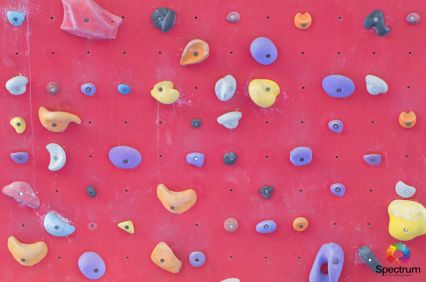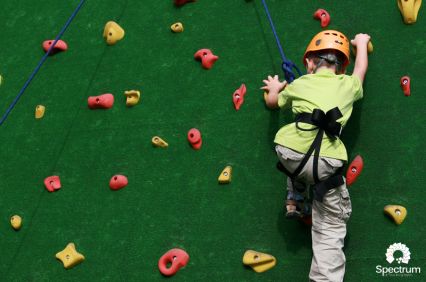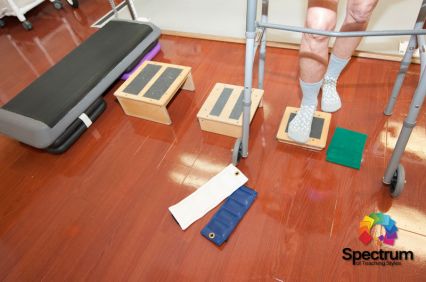Category














The defining characteristics of this style are inclusion and continuous participation of students in the same task. Each task is design with multiple levels of difficulty. Providing multiple entry levels in the practice of the tasks permits learners to make a personal assessment about their performance. Learners practice from a beginning point where they can perform the task and the various levels of difficulty permit continued participation. Additionally, learners engage in self-assessment using criteria prepared by the teacher. The teacher circulates and engages in conversation about the quality of the performance success and their level choices.
In this style no one is excluded, and each learner is offered the opportunity for continued participation.
Category














In the anatomy of the Inclusion Style, the role of the teacher (T) is to make all pre-impact decisions including the subject matter decisions, designing the different levels of difficulty in the task, the criteria sheets for each level, and the logistical decisions. While the students are engaged in the task, the teacher circulates among the students to acknowledge the students’ choices and to clarify and affirm the accuracy of the students' assessment process, and/or to redirect the learner's focus to specific performance details on the criteria. The teacher does not suggest level changes or assess the task performance but rather seeks such information from the learners.
The learner’s (L) role in the impact is to survey the available task levels, select an entry point, practice the task, make any adjustment in the entry-level (if necessary), and check performance against the criteria.

*The arrows represent the decision shifts from the Self-Check Style-D to the Inclusion Style-E.
When the Inclusion Style is achieved, the following subject matter objectives are emphasized:
When the Inclusion Style is achieved, the following behavioral objectives are emphasized: